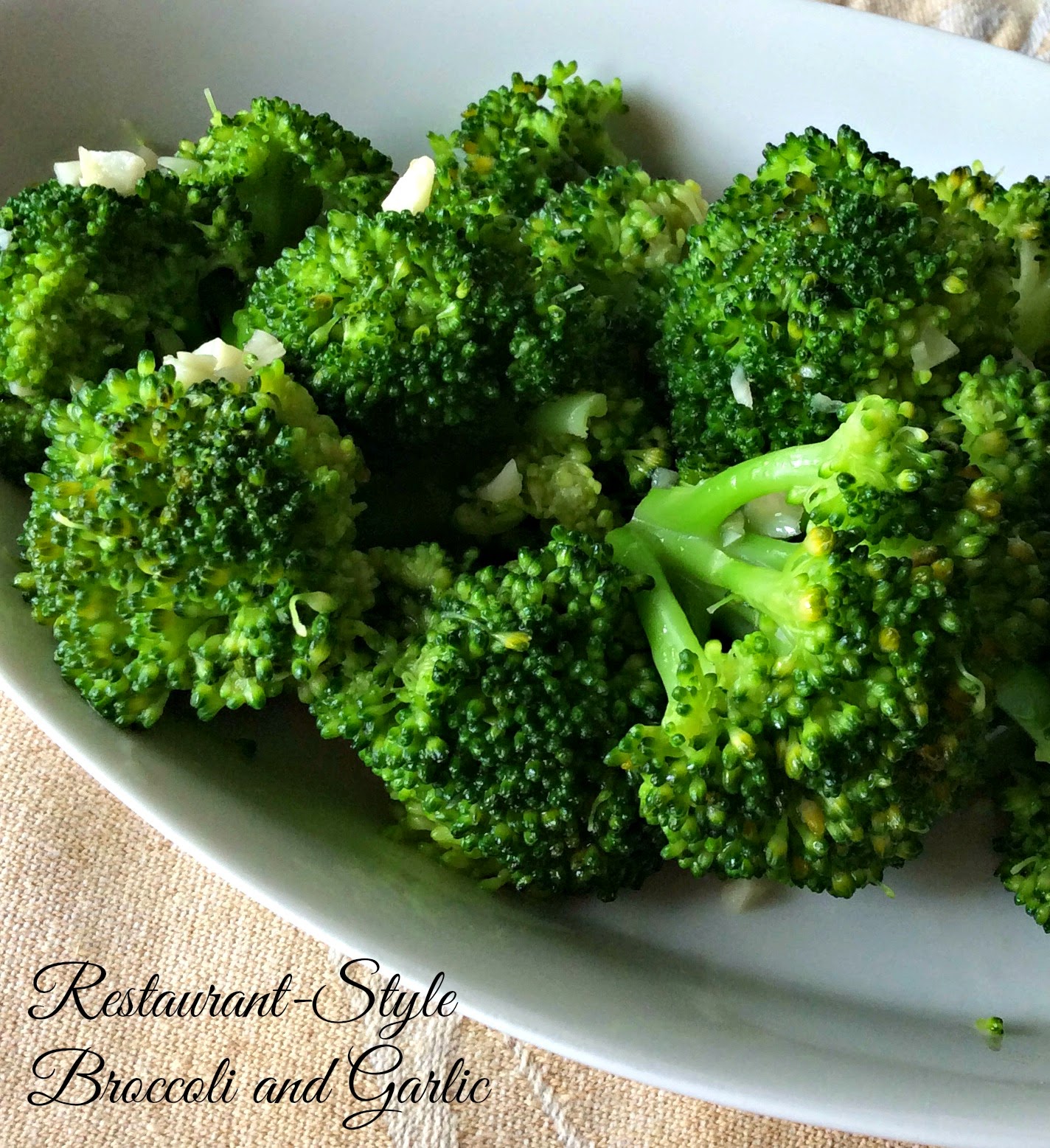Salt
You can see by this photograph the three kinds of salt I have in my kitchen. The one on the left is iodized salt commonly referred to as table salt. The one in the middle is kosher salt - the grains are much larger and the one on the right is a French Grey Sea Salt or Fleur de Sel. The grains are large and grey in color.
The one thing that has stuck with me over the years from when I took Chemistry (which I failed at miserably by the way) was from the table of compounds - the formula for salt: NaCl Sodium Chloride.
Salt is a really important ingredient in cooking. A little
can go a long way. 75% of
salt in our diet comes from processed foods like breakfast cereals,
bread, and ready frozen meals.Too much salt can put you at risk for heart disease. So check your labels on everything to see how much sodium is in the product. While many products lower the fat content they boost up the amount of sodium for added flavor. You need to be mindful and read the labels. You should stay within the 2,300 MG of sodium per day, which is equal to about 1 tsp. of salt.
I found a very interesting article about salt production from the Morton Salt Company: http://www.mortonsalt.com/salt-facts if you would like to learn more about salt production.
Kosher salt dissolves quickly and the flavor disperses quickly. Most chefs recommend this salt. I love using it in certain cooking applications. To salt pasta water and sprinkle on meat prior to cooking. A pinch of Kosher salt at the end of cooking time when you think it needs just a touch more salt. Kosher salt is found in salt ponds or mined. The coarse texture of Kosher salt allows you to just grab that "pinch" that you need.
I found a very interesting article about salt production from the Morton Salt Company: http://www.mortonsalt.com/salt-facts if you would like to learn more about salt production.
Kosher salt dissolves quickly and the flavor disperses quickly. Most chefs recommend this salt. I love using it in certain cooking applications. To salt pasta water and sprinkle on meat prior to cooking. A pinch of Kosher salt at the end of cooking time when you think it needs just a touch more salt. Kosher salt is found in salt ponds or mined. The coarse texture of Kosher salt allows you to just grab that "pinch" that you need.
The Grey Sea Salt is more of a special occasion salt as it is more expensive than Kosher or regular table salt. It comes from coastal salt ponds in France and is harvested by hand. The salt is delicately flavored and some uses might be to sprinkle on slices of tomato, over certain melons and just a pinch in a salad.
Other salts include Crystalline Sea Salt which is harvested from Portugal to Maine and on the pacific coast from California to the Pacific Rim. The salt can be found in a fine or coarse state. This is the gourmet of salt and can be very expensive. This salt varies in color and the Hawaiian sea salt takes on a pinkish color.
Flaked Sea Salt comes from Great Britain's Essex coast where it is harvested. The most popular brand is "Maldon". This salt dissolves quickly. Grab a pinch and crush between your fingers and sprinkle on shellfish or vegetables right at the end for a wonderful flavor boost.
Rock Salt is used in ice cream making and also used to deice your sidewalks! Rock salt is mined and not sold to be used directly on food.
Pickling Salt is used specifically for brining foods like pickles and sauerkraut. This salt is highly concentrated so you would use less than you would if you were using Kosher Salt. There is no iodine in this salt which makes it the purest of salts. It's all NaCl and the texture is very fine like table salt is.










Comments
Post a Comment